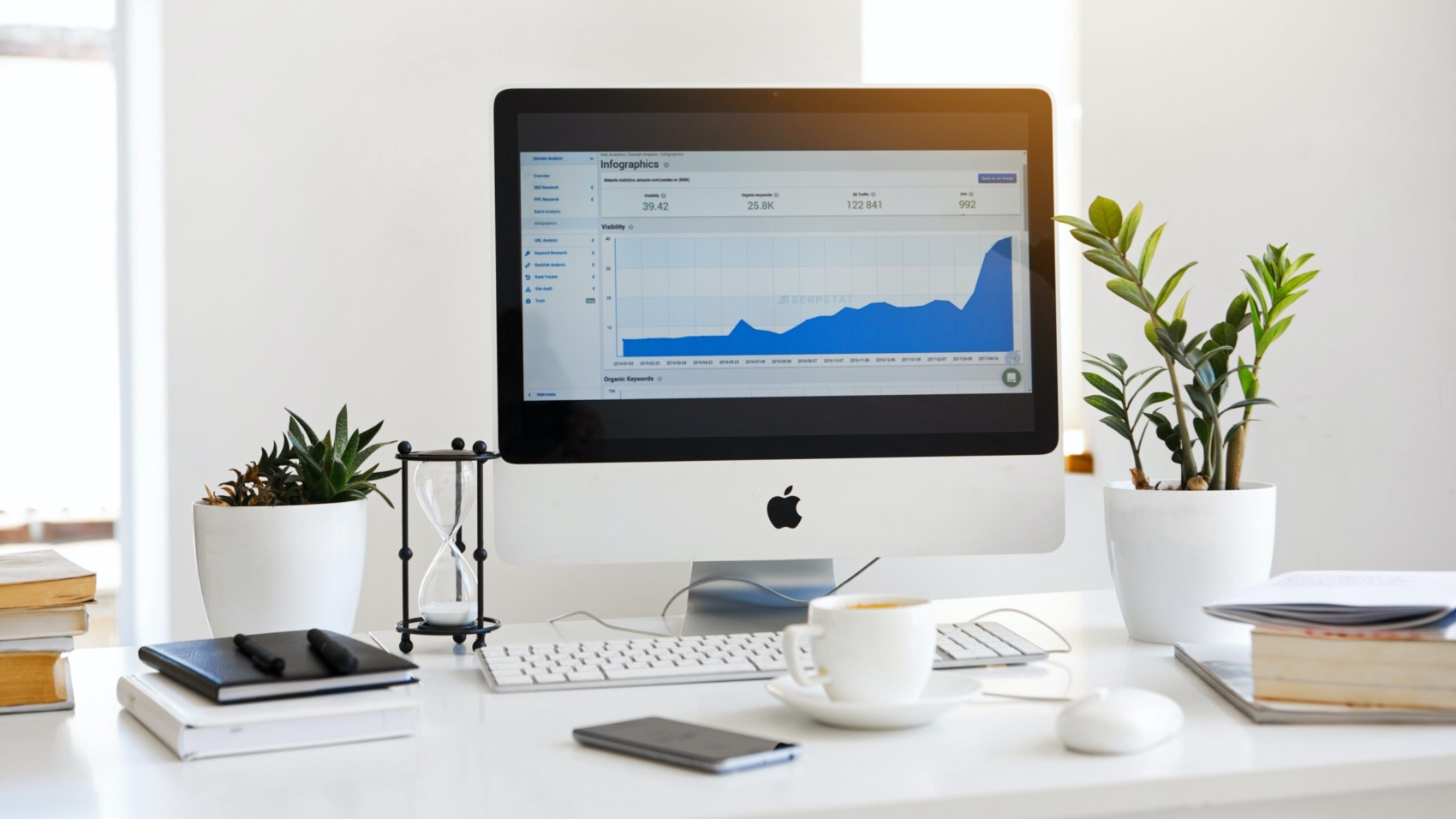An oldie but good one. Originally published in 2015.
The average position myth
A common phrase that I have heard about average position is the closer to the top of the page the better. I have even heard that the 1st ad position should be coveted by digital marketers specially on the branding benefits. The proliferation of this myth leaves me baffled.
I wanted to shed some light and some humble evidence to contradict this point. That first position isn’t the best position SERP for a performance oriented account. Insteat a target position between 2 and 3 stands what I would call a performance “sweet-spot”.
Average CTR vs. Average Position

Above shows a graph of accumulated information on a high volume (clicks & conversions) ad group. We will later see it is representative of other ad groups that show similar conclusions. The graph was generated with information of 12 month window. Each of the ad groups analyzed were composed of highly homogeneous keywords and high percentage of ad group traffic was consolidated in a few exact terms.
The graph was generated aggregating daily reports by average position cluster. Within the analyzed time period competitive structure was stable and no major changes were made to the ad group just bidding CPC price updates.
The X-axis represents the average position cluster, the Y-axis on the left shows average CTR.
Nothing mind-blowing here, CTR generally decrease with an increase of average position. Now (below) we add an overlay of data points with their average CPC (right Y-axis)
Average CPC vs. Average Position

Average CPC declines as well, the closer the position to 1.0 the more expensive it is. Again, no major news.
From this point on, it gets more interesting, let’s dive deeper on the CTR and CPC curves.
CTR Linear Fit
In this example a linear regression for the CTR curve offers a good fit (R^2=71%)

CPC Exponential Fit
However, the CPC curve has a better fit with an exponential curve (R^2 = 86%). This type of curve shows that CPC has an accelerated decay or accelerated increase, depending if you move left or right within the graph..

Finding the sweet-spot
Considering that the conversion rate is stable within the same ad group and independent of average position, then CPC and Cost Per Acquisition (CPA) go hand in hand.
We can see an area where CTR is stable and CPC has local minimum, behold, our sweet-spot. Let’s call this area the Efficient Position Area (EPA, environmental pun intended).

As we can see from the graph, as we move to the left of the area, CTR does not increase much however average CPC (also conversion cost) increases dramatically without any significant gain in volume. On the other side, moving to the right, CTR has a significant drop as we get close and cross the 3.0 average position barrier. This decline in click volume is seen across many ad groups. I can be related to going from top ads to sidebar ads in the SERPs.
Conclusion
Optimizing bids taking into account ad position within efficient area can generate savings that can be used to invest in other keywords/adgroups lowering overall CPA of global account.
So try making this analytic exercise with your own adwords account, let me know through comments if you find similar findings.

